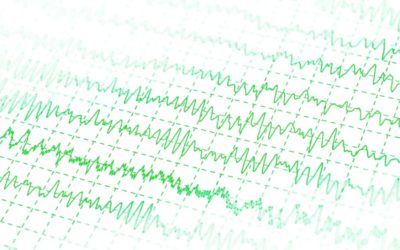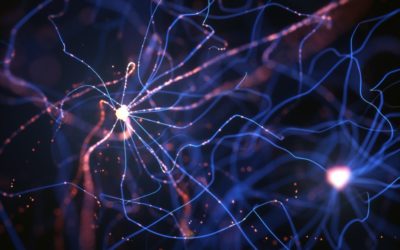Do I want swirling spirals on my brain?
I am sure you do – it looks like they could be very important. This could be groundbreaking, actually!
Explain, please!
Let’s look at the discovery itself first. This is from researchers at Fudan University in China and the University of Sydney. They analysed data from over 100 brain scans and used modelling used in complex wave patterns such as turbulence. And this has given rise to this surprise discovery.
So they found spirals not waves?
Well, we’ve known from the early days of neuroscience that the brain develops and operates with brain waves. However, even their importance on brain processing is not fully understood.
There are also some interesting theories on these waves such as how they spontaneously rise and fall creating waves of activity and functionality across the brain.
However, these researchers have used more refined data and modelling and they found spirals of activity moving across the outer cortex. Remember the outer cortex is considered our higher functional area in the brain where much higher order processing happens.
You can see a video here:
Oh wow! That’s kind of beautiful
Yup, and what’s more these vortices rotate around phase singularities (which is in itself fascinating) and are related to specific cognitive activity.
The researchers note that: “The properties of these brain spirals, such as their rotational directions and locations, are task relevant and can be used to classify different cognitive tasks”.
So they can classify tasks from these signals?
Yes, but admittedly that has been done in other activation patterns, but these vortices could be much more predictive and show more complex interactions based on how they move and even the direction of rotation. To quote the researchers again:
“The intricate interactions among multiple co-existing spirals could allow neural computations to be conducted in a distributed and parallel manner, leading to remarkable computational efficiency.”
So these could be a clue to some of the mysteries of human higher-order processing
Precisely – how we can do such complex online processing in short times has been hard to explain with standard electrical signalling moving along standard paths in the brain.
What is even more interesting is that these were measured more between the boundaries of functional ares in the brain thereby seeming to coordinate between these regions.
This is in fact something that is little known: we often focus on the specific brain regions but the areas between the regions seem to be very important for consolidating cognitive processing. And also of note is that these regions in human beings have grown much faster and more during evolution.
So these spirals could be a signature of higher order processing…or even the consciousness question?
Yes, but there is a chicken and egg question: is it the spirals that are impacting this or is it the activity that is generating the spiral? Probably a bit of both – a self-organising principle.
I was particularly impressed by this research because it is something I feel is missing in neuroscience – looking at more holistic processes and trying to understand how they interact. In my mind this is groundbreaking because it shows the complexity and also the beauty of brain interactions.
But it ties in with many other natural systems: vortices and waves are common in nature – this is how the world works – and this it seems is how our brain works. Generating waves and vortices of activity that coordinate multiple processes in much more complex ways than a simple electrical circuit model of processing.
Amazing – I am going to spend the rest of my day thinking of spirals of activity washing over my outer cortex!
I already am thinking of that!








